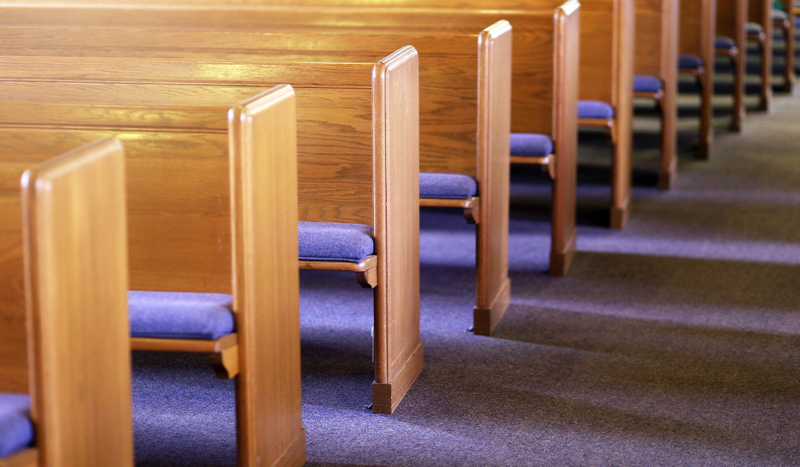
Adobe Stock
About one in 10 adults under 55 years old have left their childhood religion, with Buddhists the most likely to disaffiliate or switch to another religion, a June study from the Pew Research Center discovered.
Pew analyzed surveys from 117 different countries and territories to calculate the rates of “religious switching” — the numbers of those under 55 who changed their religious identity after childhood or became religiously unaffiliated. Pew found that young adults were more likely than older adults to switch their religion.
The study investigated the retention and religious switching rates for Christians, Muslims, Buddhists, Hindus, and religiously unaffiliated people, finding that 91% of adults across the world who grew up religious — or nonreligious — still belong to their childhood religion. Hinduism and Islam have the highest retention rates, Pew discovered, with just 1% of both denominations switching religions as adults.
Adults who grew up religiously unaffiliated also tend to remain nonreligious, with 93% of that group saying they still do not identify with any religion. Those who grew up as Christians are slightly less likely to still be Christian as adults, with roughly 83% retention.
Buddhism had the lowest retention rate, measuring at 78%. Pew also found that those who leave Buddhism and Christianity are more likely to become religiously unaffiliated rather than switch into a different religion. However, former Hindus and Muslims are more likely to join a different religion than say they have no religion.
Pew additionally analyzed how much the size of each religious group has fluctuated as members leave and new converts join, noting that Christianity experienced the most losses overall. For every 100 adults who were Christian as children, 17.1 left and 5.5 people joined Christianity, a net loss of 11.6.
Although Buddhism experienced the most people leaving the religion, with 22.1 per 100 people raised as Buddhists leaving, the rate of conversion was 12.3, resulting in a net loss of 9.8. Conversely, the religiously unaffiliated group experienced a net gain of 16.7 per 100 people who were raised with no religion. Only 7.5 per 100 religiously unaffiliated people leave that group, while the joining rate stands at 24.2. Only Islam and Hinduism saw almost no changes in size.
Finally, Pew also found that religious switching is more common in well-off countries as measured by the United Nations’ Human Development Index. However, the trend is not entirely consistent, as some countries, especially those with Muslim or Buddhist majorities, penalize people who leave the majority religion, leading to lower rates of religious switching.

